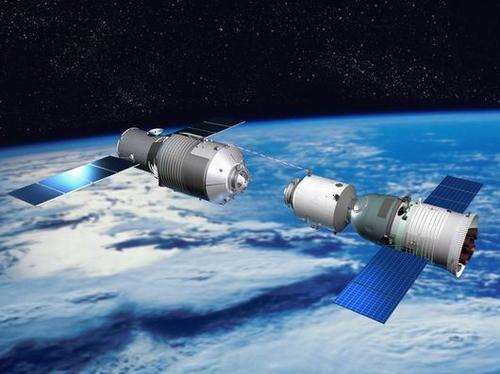Application of titanium alloy in spacecraft
As humans explore the pace of space, the requirements for spacecraft are getting higher and higher. Aerospace vehicles operate under extreme conditions such as ultra-high temperature, ultra-low temperature, high vacuum, high stress, and strong corrosion. In addition to relying on optimized structural design, they rely on the excellent properties and functions of materials. For aerospace materials, lightweight, high strength, high temperature resistance, low temperature resistance and corrosion resistance are the main criteria for the selection of aerospace products.
The specific gravity of titanium is 4.5g/cm3, which is only 56% of steel, which meets the demand for light materials of aerospace products; the strength of titanium alloy is 500-1400MPa, which is much higher than that of Al and Mg alloys; and the high temperature of titanium alloy Excellent low-temperature performance, can maintain long-term performance at 550 ° C high temperature and low temperature of 250 ° C to maintain the same performance, because titanium alloys combine the characteristics of aerospace products in one body and are known as "cosmic metal", "space metal ". According to the demand for materials in aerospace products, titanium alloys have formed different development directions in the aerospace field, including high-strength toughness titanium alloys, high-temperature titanium alloys, low-temperature titanium alloys, cast titanium alloys and powdered titanium alloys.
The development of high-performance and low-cost aerospace materials is an inevitable trend in the development of future aerospace models. How to optimize technology to improve the performance of titanium alloys and reduce the cost of using titanium alloys will be a strategic key issue for the future development of the titanium industry.
The future development direction of titanium and titanium alloys used in spacecraft in China is: 1. High performance, that is, the development of high strength and toughness titanium alloy with good strength and plasticity and titanium alloy with better temperature resistance; Cost-effective, that is, the development of titanium alloys containing no or less precious metal elements and titanium alloys that are easy to form and cut, and easy to cut; 3, high processing rate, that is, development of powder metallurgy, superplastic forming-diffusion connection (SPF-DB) ), precision casting and other technologies. With the development of China's aerospace technology, powdered titanium alloys and cast titanium alloys will find wide application. The increased speed of spacecraft and the demanding requirements for lightweight, low cost and high reliability of components have created opportunities for the development of powdered titanium alloys and cast titanium alloys. Compared with cast titanium alloy, the powdered titanium alloy has fine internal uniformity and no segregation of components, and its performance is superior to that of cast titanium alloy. High-performance powdered titanium alloy has been applied to foreign advanced aerospace key components, and has made good progress in related research in China. The advent of new superplastic forming/diffusion bonding technology provides a broad space for the development of titanium alloys. Replacing expensive components, machined parts, and problematic structures with superplastic forming/diffusion joints, and reducing the time required to assemble many tools, superplastic forming/diffusion joints are expected to produce significant future aerospace influences.
Titanium is 10 times more abundant than copper and is the “third metal” after iron and aluminum. Mang Titanium believes that it is rich in resources, but its industrial production has only been more than 60 years. Compared with aluminum and magnesium with a history of 100 years, it is called "baby metal". Nowadays, it is this newborn of the metal family that shines on the stage of the aerospace industry with its unique and superior performance, shining in the special and demanding environment of space.

Attn : Jason
Email: jasontitanium@163.com
Skype: txcanberra

